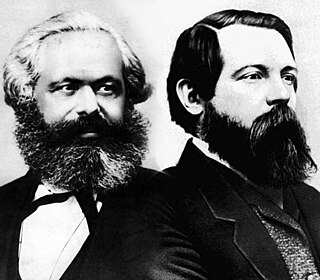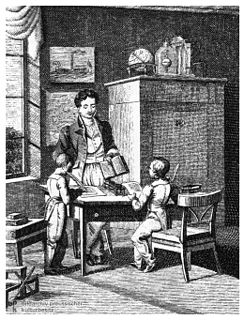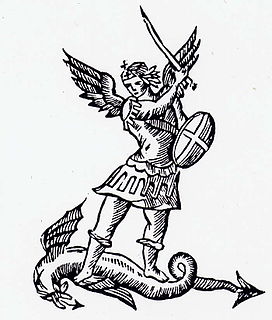 W
WThe bourgeoisie is a sociologically defined social class, equivalent to the middle or upper middle class. They are distinguished from, and traditionally contrasted with, the proletariat by their relative affluence, and their cultural and financial capital. They are sometimes divided into a petty (petite), middle (moyenne), grand (grande), upper (haute), and ancient (ancienne) bourgeoisie.
 W
WBildungsbürgertum is a social class that emerged in mid-18th century Germany as an educated class of the bourgeoisie with an educational ideal based on idealistic values and classical antiquity.
 W
WLe Bourgeois gentilhomme is a five-act comédie-ballet – a play intermingled with music, dance and singing – written by Molière, first presented on 14 October 1670 before the court of Louis XIV at the Château of Chambord by Molière's troupe of actors. Subsequent public performances were given at the theatre of the Palais-Royal beginning on 23 November 1670. The music was composed by Jean-Baptiste Lully, the choreography was by Pierre Beauchamp, the sets were by Carlo Vigarani and the costumes were done by the chevalier d’Arvieux.
 W
WIn Brussels, as in most European cities, one needed the capacity of bourgeois in order to not only exercise political rights, but also to practice a trade, which, in Brussels, meant to be a member of the Guilds or of the Seven Noble Houses. The charter of Brussels, as codified in 1570 in articles 206 and following, provided the conditions of admission to the bourgeoisie of the city. The Bourgeois were the patrician class of the city. This social class was abolished by Napoleon during the French occupation.
 W
WA bourgeois of Paris was traditionally a member of one of the corporations or guilds that existed under the Ancien Régime. According to Article 173 of the Custom of Paris, a bourgeois had to possess a domicile in Paris as a tenant or owner for at least a year and a day. This qualification was also required for public offices such as provost of the merchants, alderman or consul, but unlike the bourgeois or citizens of other free cities, Parisians did not need letters of bourgeoisie to prove their status.
 W
WBourgeois revolution is a term used in Marxist theory to refer to a social revolution that aims to destroy a feudal system or its vestiges, establish the rule of the bourgeoisie, and create a bourgeois state. In colonised or subjugated countries, bourgeois revolutions often take the form of a war of national independence. The English, French, and American revolutions are considered the archetypal bourgeois revolutions, in that they attempted to clear away the remnants of the medieval feudal system, so as to pave the way for the rise of capitalism. The term is usually used in contrast to "proletarian revolution", and is also sometimes called a "bourgeois-democratic revolution".
 W
WThe inhabitants of the seigneurie and the Republic of Geneva were divided into four orders of people: the Citoyens, the Bourgeois, the Habitants, and the Natifs. The Citoyens and the Bourgeois formed the bourgeoisie and, thus the patrician class of the Republic.
 W
WBurgher arms or bourgeois arms are coats of arms borne by persons of the burgher social class of Europe since the Middle Ages. By definition, however, the term is alien to British heraldry, which follows other rules.
 W
WThe Discreet Charm of the Bourgeoisie is a 1972 surrealist film directed by Luis Buñuel and written by Buñuel in collaboration Jean-Claude Carrière. The film was made in France and is mainly in French, with some dialogue in Spanish.
 W
WPetite bourgeoisie, also petty bourgeoisie, is a French term referring to a social class composed of semi-autonomous peasantry and small-scale merchants whose politico-economic ideological stance in times of socioeconomic stability is determined by reflecting that of a haute ("high") bourgeoisie with which the petite bourgeoisie seeks to identify itself and whose bourgeois morality it strives to imitate.